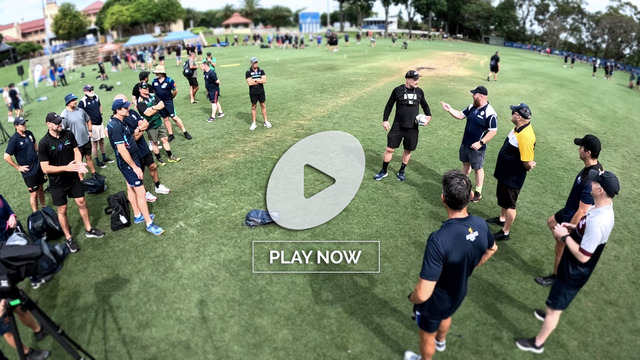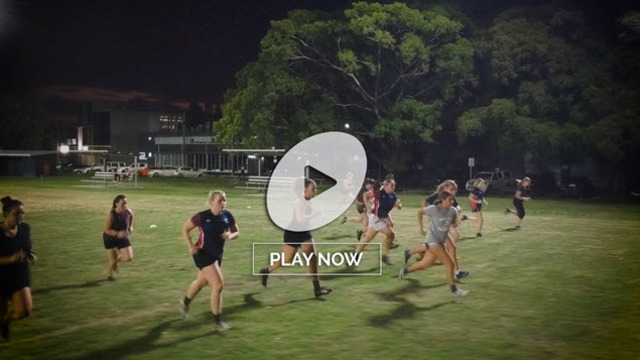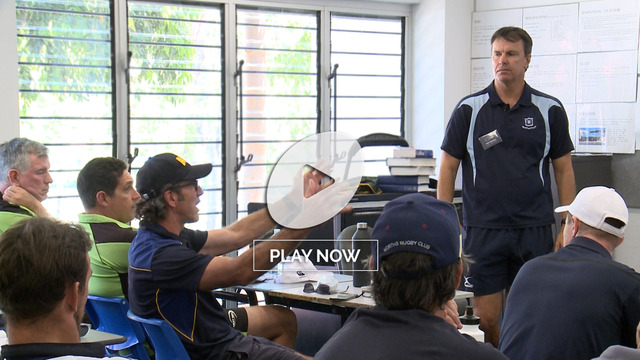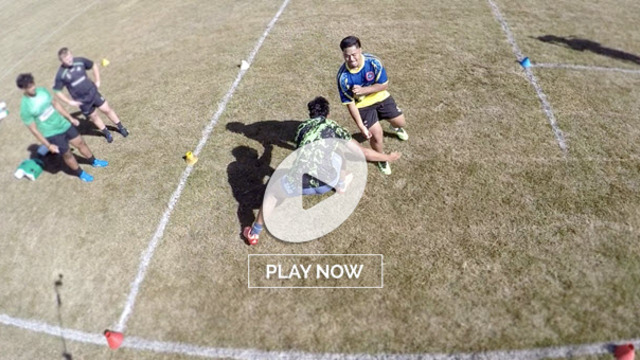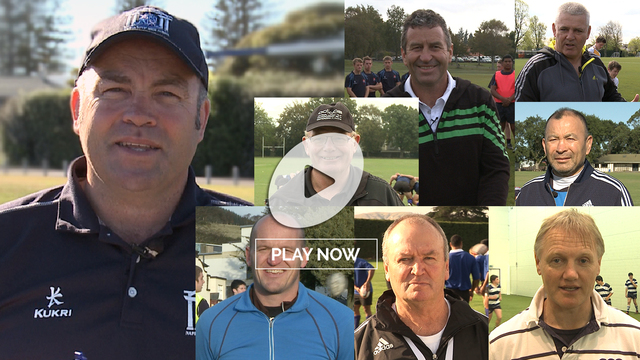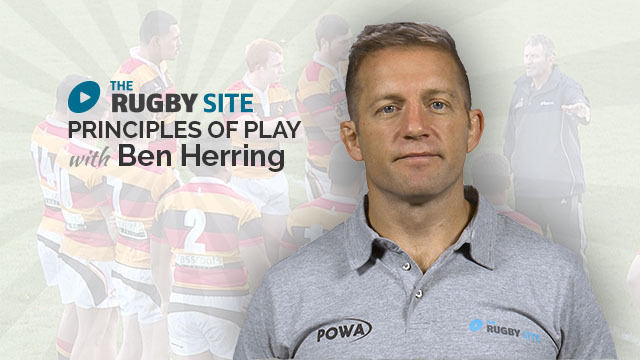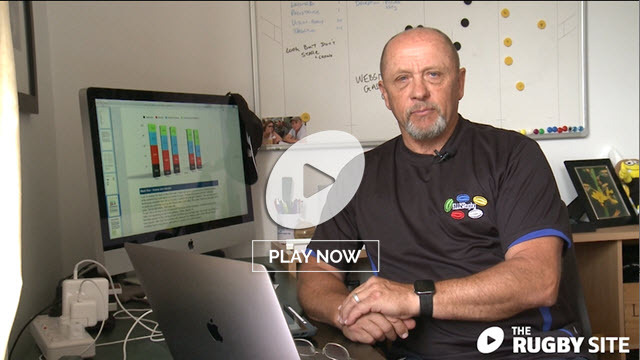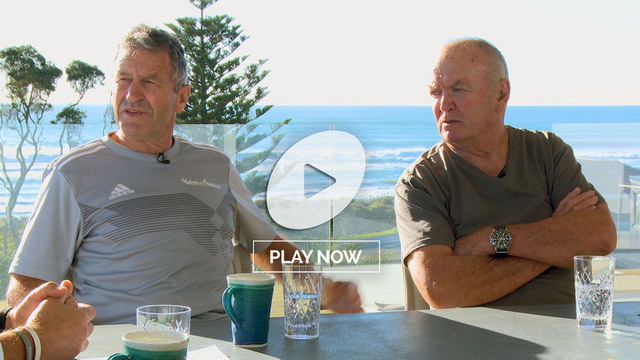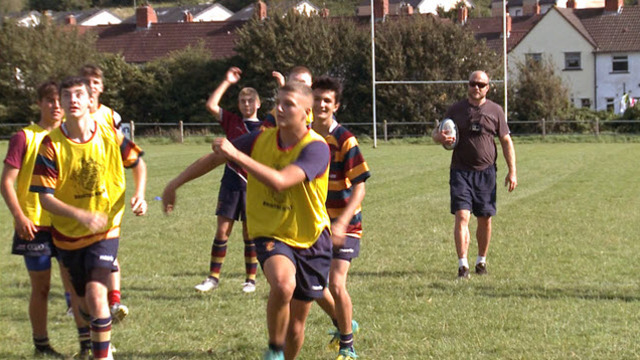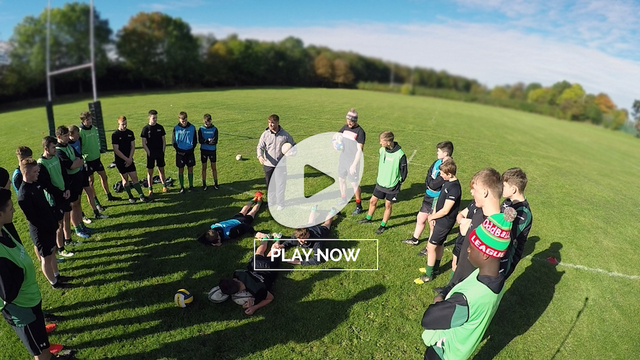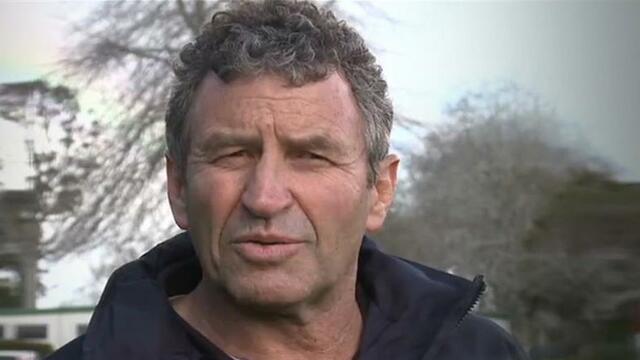The theory of marginal gains has been around for the best part of two decades. It was back in 2003 that the newly-installed Performance Director of British Cycling, Sir Dave Brailsford, introduced the idea that a series of 1% improvements in a number of specific areas could generate a much more dramatic outcome in overall performance.
Over the ten years following, Brailsford’s cyclists won a massive 59 gold medals at World Championships. These improvements embraced every aspect of race preparation, from physical fitness and race tactics to nutrition.
No stone was left unturned: cycling in a wind tunnel refined the aerodynamics of the bike; hypoallergenic bedding increased the comfort and duration of sleep, antibacterial hand gel reduced the chance of infections. As Brailsford commented,
“The whole principle came from the idea that if you broke down everything you could think of that goes into riding a bike, and then improved it by 1%, you will get a significant increase when you put them all together.”
Since the incubation phase, the word spread like wildfire from sports to business: organisations of all kinds that value the power of marginal gains are more likely to rise to the top – and stay there.
Rugby teams will employ these principles on all fronts, from the broadest strokes of financial strategy, to seasonal periodization and the tailoring of individual nutritional, technical and psychological programs for upcoming games.
One of the most interesting aspects of incremental gains theory is that it also applies as the game is being played. If you can gain a small advantage early on, it can be expanded into something far more significant later.
From this point of view, the performance of New Zealand’s starting hooker Samisoni Taukei’aho at Ellis Park in the second round of The Rugby Championship, made for fascinating watching. Hookers the world over have struggled with the South African one-two punch, typically featuring Bongi Mbonambi starting and Malcolm Marx finishing from the bench.
Taukei’aho had no such problems, staying on the field until the 56th minute of the second half and successfully counter-acting both Marx and the run-on hooker Joseph Dweba in the process.
What do incremental gains look like in the course of a rugby match? The first scrum against any South African team is always an important event, and Taukei’aho won an important early psychological victory over Dweba by keeping his ‘brake foot’ in place before the feed:
Under the new refereeing protocol, both hookers are required to keep their leading or ‘brake’ foot up in the tunnel until the referee calls ‘Set’ and the front rows engage fully. Joseph Dweba blinks first, his orange boot drops back, and that is a turnover scrum to New Zealand from the free-kick.
That small win generated something bigger in the 14th minute of the first half:
With Dweba forced to keep his front foot up for longer, he cannot help his tight-head prop (Frans Malherbe) attack the All Blacks’ front row. Malherbe goes straight to ground at ‘Set’ without achieving any forward momentum, and that is a penalty to New Zealand for a collapse.
Once the Kiwi scrum had established that it was comfortable on its own feed, it resulted in an even more significant incremental gain:
Ardie Savea has the confidence to bring the ball away from the base of a stable set-piece in his own 22, and the belief spreads to Richie Mo’unga on next phase, throwing a pass out to Rieko Ioane and creating a long break down the right-hand side of the field.
Now let’s look at how the theory of marginal gains was illustrated by Taukei’aho’s carrying game:

Taukei’aho is able to ride through the double tackle of Malherbe and Lood de Jager and fall forwards in the collision. That in turn persuades number 8 Duane Vermeulen to commit to the ruck rather than drop into the Guard spot (“1”) and leaves Dweba exposed to the late run of Caleb Clarke, with too much space to cover.
Two phases later, the Chiefs’ hooker made even greater inroads into the Springboks defence with a tackle bust and offload:
One more phase, and the All Blacks finished the move in the corner with a try by their captain Sam Cane:
A similar development occurred in the passing game:
Taukei’aho coaxes Marx on to him in order to create a little more space for David Havili’s angled run from first phase lineout, then he is linking play further out in between Richie and Rieko, and that takes play all the way up to the Springbok goal-line. Appropriately, the Chiefs’ hooker finished the move himself from close-range:
The theory of marginal gains is usually reserved for grand strategy applied to specific aspects of the sport concerned. It also applies to momentum-gathering on the field once the game has started. At the scrum, Samisoni Taukei’aho ‘only’ wins a free-kick against the feed for a brake-foot infringement, but that expands to a penalty for collapsing, and sets the platform for a clean break from the New Zealand 22. It also resulted in the replacement of his opponent Joseph Dweba, after only 30 minutes of the match.
Summary
On the carry, Taukei’aho ‘only’ falls forward through the first tackle but it forces a defensive misread leading to a break, then another more clear-cut bust by the hooker generates a try two phases later. A short pass leading to a gain-line win sets the scene for a more meaningful offload out wide, and another score. Small gains tend to roll over into bigger advantages, they gather momentum which is ‘stored’ for more significant use, only a short while later.






